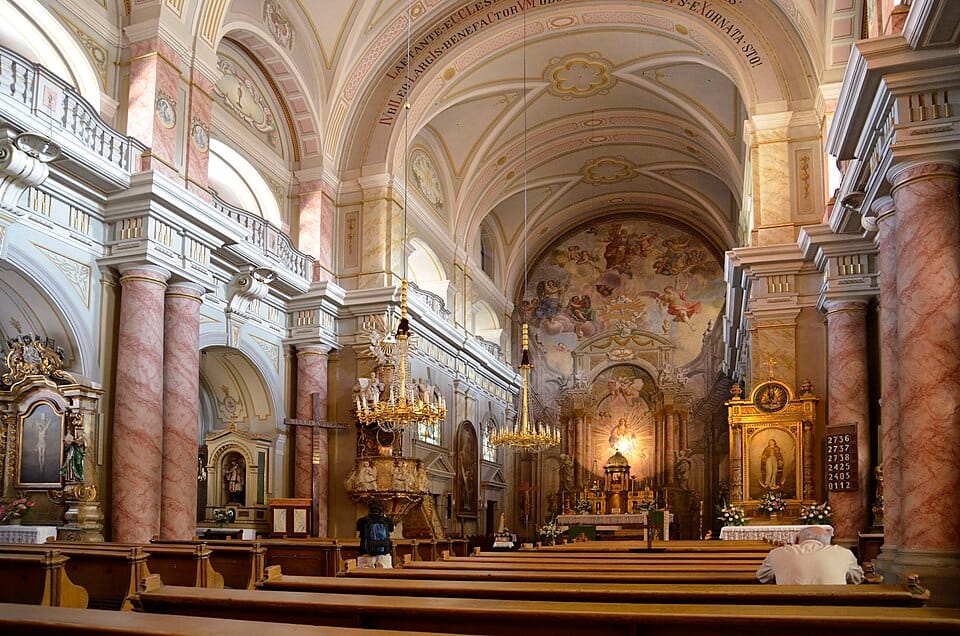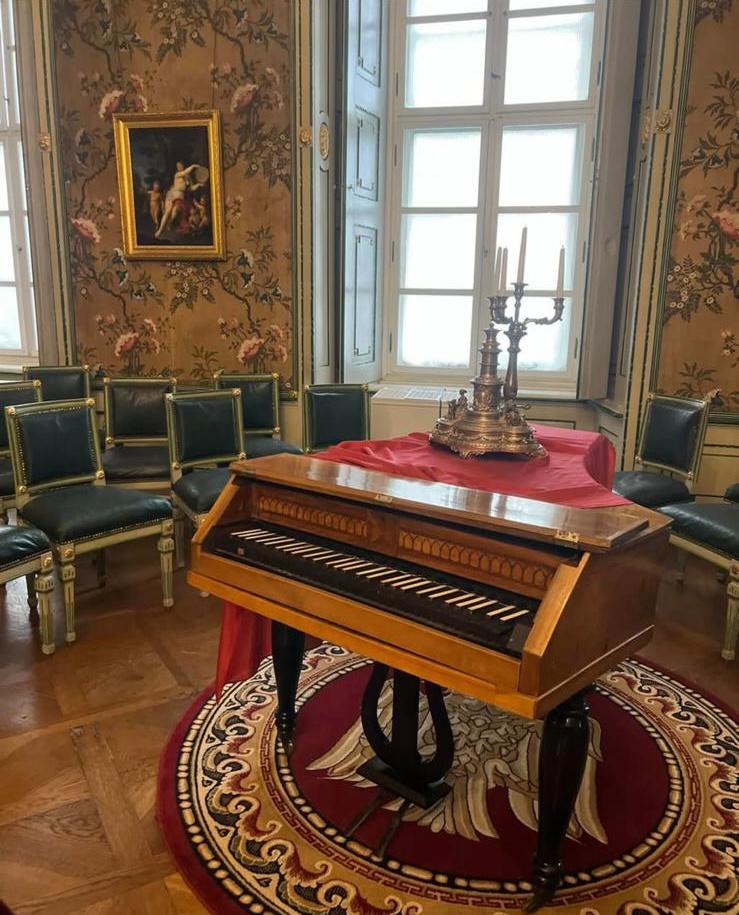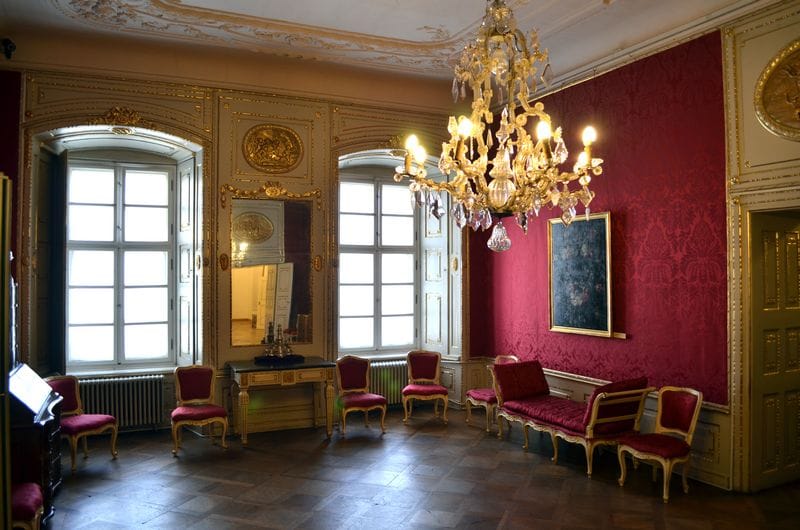Knowing Without Naming in Sibiu’s Baroque Streets

There are spaces in Sibiu where your gaze is drawn upward before you even know why. Light seems to gather and pour itself into gold, curves unfurl like a slow breath, and the air itself acquires a kind of weight. Your steps slow, not from fatigue, but from a need to take in the vertical sweep and the intricate play between light and ornament.

Elsewhere, you enter a hall where colour is not just on the walls but seems to emanate from them — deep, resonant, absorbing the daylight until it becomes part of the fabric. Shapes repeat with deliberate rhythm: carved scrolls, floral patterns, mythic figures whose expressions follow you with a calm you cannot quite name. The scent is part wood polish, part the faint trace of time.

In another place, the architecture feels almost restrained, holding its grandeur in reserve. The forms are simpler, the surfaces quieter, yet still arranged with the same instinct for harmony and proportion. Here, daylight is not a blaze but a presence, moving softly from floor to ceiling, making shadow as deliberate as ornament.

And then there are rooms where every detail conspires to draw you in — the precise arrangement of furniture, the tactility of damask, the way a gilded frame amplifies the story within its borders. You are surrounded, not overwhelmed; each surface is a gesture in a larger conversation between space, art, and the person who stands within it.

You could name these places. You could chart their history, trace their influences, catalogue their elements. But perhaps it is better to let them remain as you first encountered them — not as facts, but as a sequence of moments that linger. In Sibiu, beauty often meets you in this way: fully present before it is ever defined.

If this way of looking resonates, come experience it inside the spaces it was written from: Baroque Sibiu — Catholic Churches & Brukenthal’s Salons · a quiet, 2-hour interpretive walk. → Explore Baroque Sibiu.(English & Romanian available.)